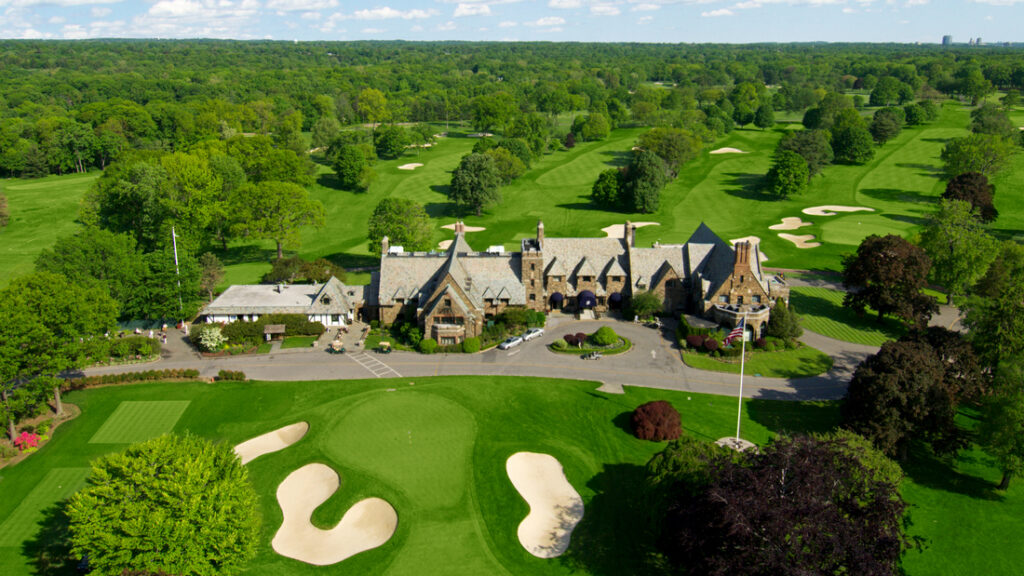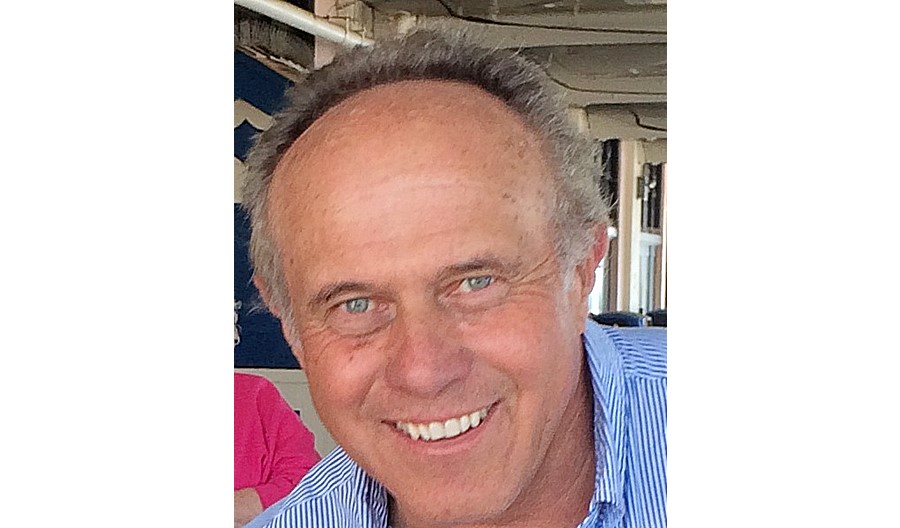Part 1
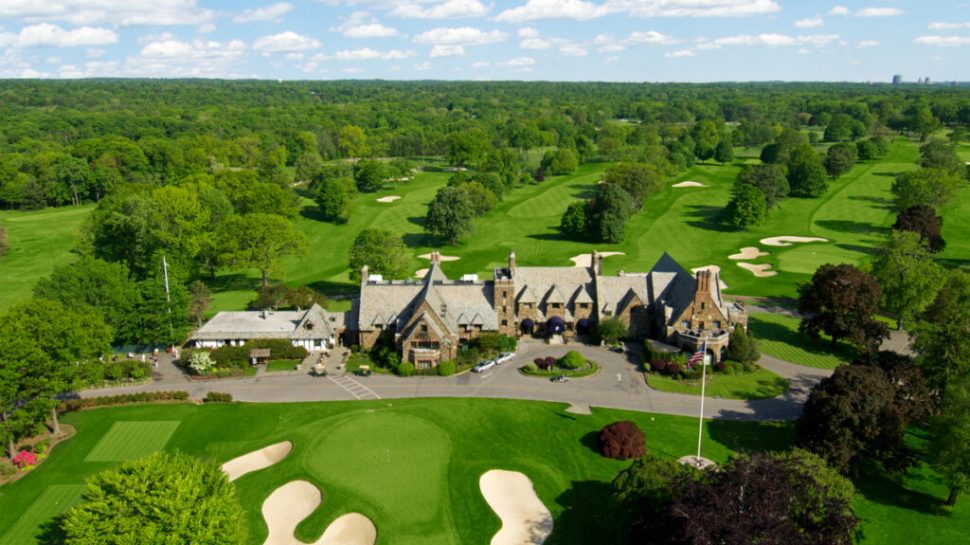
In recent years the ascension of power golf — the wherewithal to drive the ball beyond 300 yards — has taken center stage. Is enough being done at the US Open to provide for a more balanced test with accuracy being a foremost consideration?
Forrest Richardson: I think one way you attack length is by being creative in the set-up. The tendency to always throw the tees on a par-4 so the length is 450 or greater is one issue. Why not on Saturday set the markers at 370 where the dog-leg and the trees might be totally unexpected? Even the caddies might be taken back. The approach may be awkward compared to that longer set-up. Same with the par-3s — shorten a few. One way to know if the set-up is a test is to listen for the players’ complaints. The more complaining probably means the USGA is making some inroads in placing a premium on accuracy.
Doug Smith: The new world of power golf is real. It is quite scary as an architect. Par-70 at 7,500 yards just 20 years ago would have sounded insane. Certain championship courses like The Old Course at St. Andrews are in for a rude awakening in the future.
Stephen Kay: The golf courses they pick need to be very well designed strategically “risk and reward’ so that the challenge is to flirt with fairway bunkers in order to have a better angle into the green. And the bunker therefore must be somewhat penal, not easy to hit out of.
John Fought: I do not think they have done near enough. Modern players are bigger and stronger so why are we allowing them to play with technologically advanced equipment that allows a player to hit drives +350 yards and 8-irons 195 yards? It’s not the fault of the equipment manufacturers, it’s on the ruling bodies. It now takes more acreage and money to maintain these super long courses.
Mark A. Mungeam: I feel they do a decent job of setting up the U.S. Open so as not to favor power or accuracy. There is only so much you can fairly do when players can now drive it 350 yards and are turning 600-yard holes into long par-4s. The USGA needs to be careful not to overly lengthen courses so that they favor the long hitter, but it would also be wrong to further narrow fairways. In today’s game I mostly miss the strategic element of approaching the green from a preferred angle which gets lost with power golf.
View all 18 holes of U.S. Open Championship play in augmented reality, locate player shots, and compare favorite golfers’ play, all in near real-time 3D!
— U.S. Open (USGA) (@usopengolf) September 10, 2020
The U.S. Open AR App built by @DeloitteUS is designed to provide fans with an engaging and innovative experience.
What club / facility that has never hosted the US Open would you like to see stage the championship while keeping in mind the overall logistics in realistically doing so.
MM: National Golf Links of America on Long Island. It’s the US golf’s St. Andrews and a wonderful, varied design in a great setting.
DS: Westchester CC would be great. It was always the “warm up” site played the week before the US Open in the past and many golfers often said it was good enough for an actual Open. The site is a logistical dream. I’d love to see it.
FR: Sand Hills would be one. You could set up a massive RV park and it might be the coolest US Open ever. Besides that, I’d encourage more venues that the average golfer can play. In the process I’d focus on helping some disadvantaged courses return themselves to stardom. We have plenty of great courses in the U.S. that need a dose of design and money to get put back onto the A-list. I can’t think of a better use of USGA energy and investment than taking the risk-reward route by saying, “We’ve decided to play ‘XYZ’ Muni in 2030, and we’re going to overhaul it for the future, put in on the map and make sure the community has a point of pride golf course for generations to come.”
JF: I’m sorry but I’m going to have to say it would be a course I completed with Tom Lehman almost 20 years ago, Windsong Farm near Minneapolis. It is truly a championship test at +7,400 yards par 71. It has tons of space (no houses) and has additional space for grandstands, parking and plenty of room for all the amenities needed for a major championship. And Minneapolis is one of the best golf towns I have ever been to. I have played thousands of courses on six continents and there is no better course for major championship golf.
SK: Pine Valley would have to be held with a smaller crowd as the USGA did at Merion. And even though we have seen many tournaments at Jack’s Muirfield Village it would be interesting to see what the USGA would do.
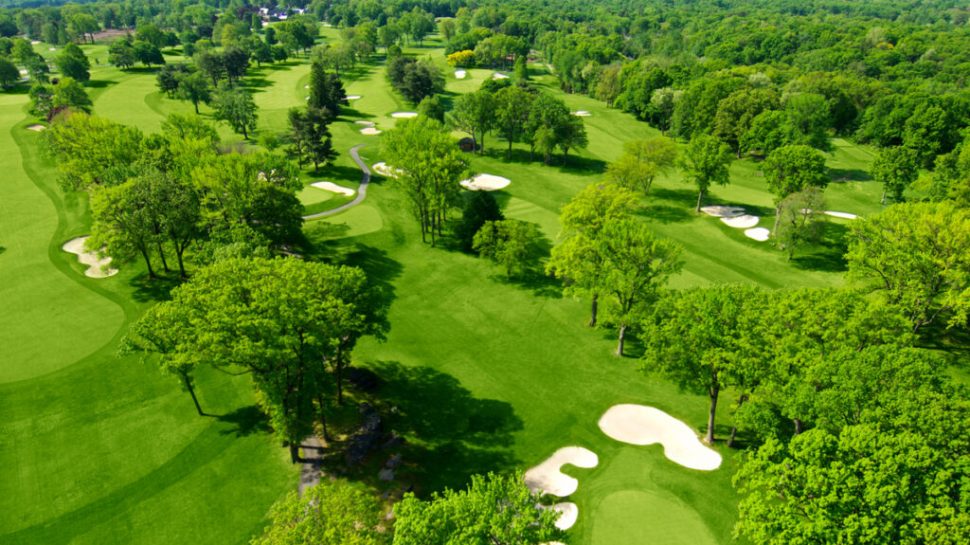
Is the concept of par still relevant as a chief focal point for a US Open in the 21st century?
JF: I think par is still the way to measure scoring. However, par fives are generally too short for today’s bombers!
FR: Yes, because it gives people a reference point. When you hear that a hole averages 4.3 for the field, that resonates whether the hole is listed as a par-4 or a par-5. I think the dangerous territory is when, at the end of the tournament, you begin to see the field at high double-digits under par. That doesn’t feel right. So, yes, par is how we gauge things, whether you like it or not.
SK: No, make the course difficult but fair. I do not care low the score is. The players have a tremendous amount of pressure on them with just the fact it is a US Open — a major!
MM: I hope par is always a relevant score at the US Open, but not at the expense of not utilizing traditional courses for fear that it isn’t. The recent BMW Championship at Olympia Fields Country Club at which I consulted showed that with the proper set-up of firm, sloped greens and heavy rough one can produce a formidable challenge to the world’s top players and differentiate who is playing the best golf. I would hate to see the US Open contested on a course where the winner shoots 20-under par, but at the end of the day, I’m less concerned with the scores as I am with it being an appropriate test of all skills, including patience and strategy.
DS: The concept of par for a US Open is very dependent on weather conditions. I love it as a goal but cray and unpredictable things happen. As long as the course is not an obvious advantage for the big bombers I could care less as long as the competition is fair and balanced from tee to green.

Do you ever envision the USGA and R&A taking concrete actions on reining back the distances achieved by today’s golf ball technology?
JF: They will have to do so if they want the game to advance for tournament players. Can you imagine baseball allowing aluminum bats? There would be 150 home runs hit by many players.
FR: I do. But it’s like acquiring a taste for broccoli. You have to outgrow some perceptions and get beyond peer pressure. Then, all of a sudden as you get a bit older, you say, “Gee, this isn’t so bad, especially when it’s cooked right and served with a great meal.”
DS: The USGA and R&A should. I sure hope they have not missed the boat. The business of new ball and club manufacturing is going to always resist going backwards and go for more. It really comes down to a male ego problem — unfortunately — bigger, stronger longer and faster are touch concepts to curtail.
SK: I wish I could say yes. At an ASGCA meeting 20 years ago Jack Nicklaus said there should be a “Tournament Ball” to a panel that included the USGA and they did nothing then — so I am not holding my breath.
MM: We are running out of suitable men’s championship sites as a result of the distance (with that current players can hit the ball. It is my hope that the US Open courses played today don’t become obsolete for future championships because they either no longer have the space to extend holes, or have to make gimmicky alterations to increase the challenge. A decade ago I thought the USGA and R&A were close to an agreement on methods to better control the distance onslaught, but I think that opportunity was missed. I don’t foresee them reigning back distance, but do envision bifurcation of the rules to make professionals play a standardized ball.
The Participants
Doug Smith
ASGCA
Eastchester, New York
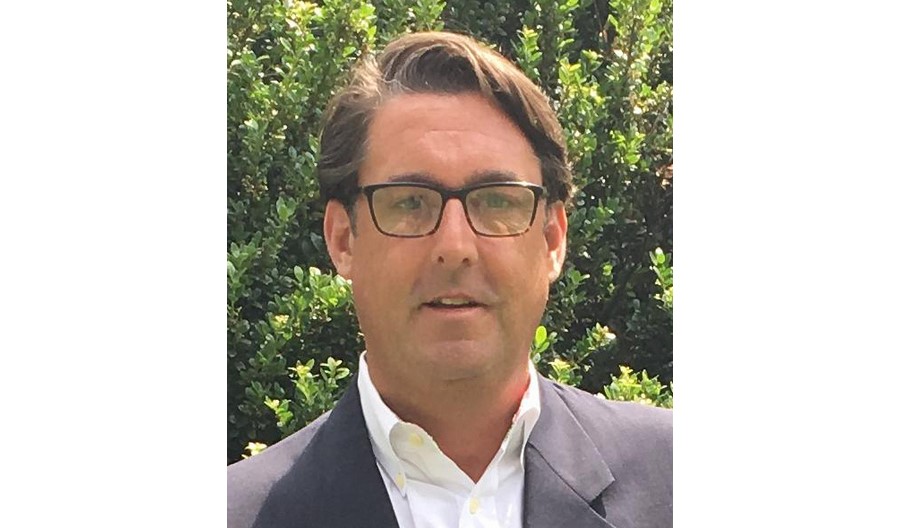
The 54-year-old owner of Golf Design Unlimited, LLC has offices in Eastchester, NY and Hilton Head Island, SC. In addition to his architectural involvements, he is a rules official and committeeman with the Metropolitan Golf Association. He is also varsity boys golf coach at Riverdale County School in NY. Among his new design involvements include Manhattan Woods and The Links at Union Vale in NY. Among his most prominent renovations include Longshore in CT and Indian Hills in NY.
Forrest Richardson
ASGCA
Phoenix, Arizona
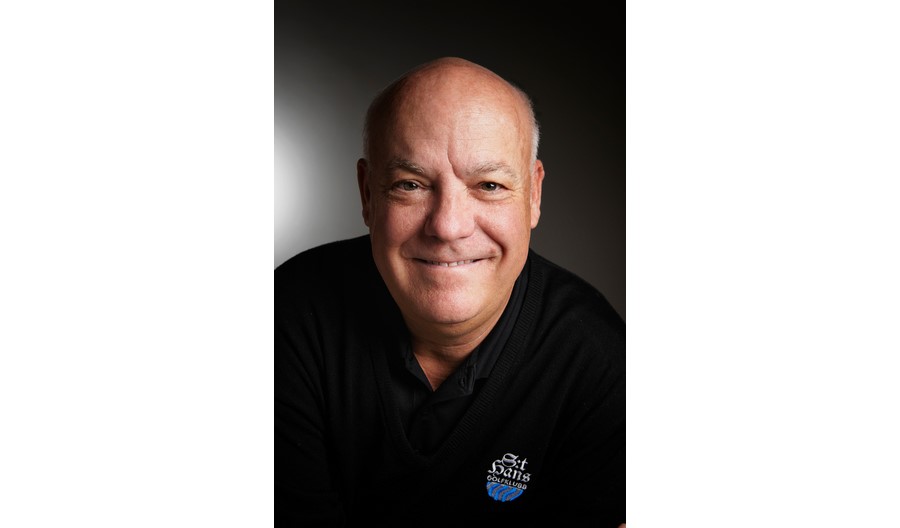
Based in Phoenix, Richardson’s work covers more than 30 years, 20 states and 8 countries with resort, private club and public work. His restoration of Berkeley Country Club in California remains the only solo design of Robert Hunter. Three of his designs have ranked within the top municipal courses in the U.S., including Baylands Golf Links in Silicon Valley, which Golfweek ranked 13th in California in its opening year. He is the author of several books on golf course architecture, and will become the 75th President of the American Society of Golf Course Architects (ASGCA) in October of this year.
Stephen Kay
ASGCA
Egg Harbor, New Jersey
First worked with Bill Newcomb — who was Pete Dye’s first assistant — out of Ann Arbor , Michigan then started his own firm in the NY/NJ Metro area. Has designed 20 new golf courses, such as Links of North Dakota, Architects GC, Blue Heron Pines, Hamlet and Willow Creek and Manhattan Woods with Gary Player. Some of his many renovations are Hempstead G & CC, The Seawane Club, Cherry Valley Club, Forsgate CC, Francis Byrne GC, Llanerch CC, Union League GC at Torresdale.
John Fought
ASGCA
Scottsdale, Arizona
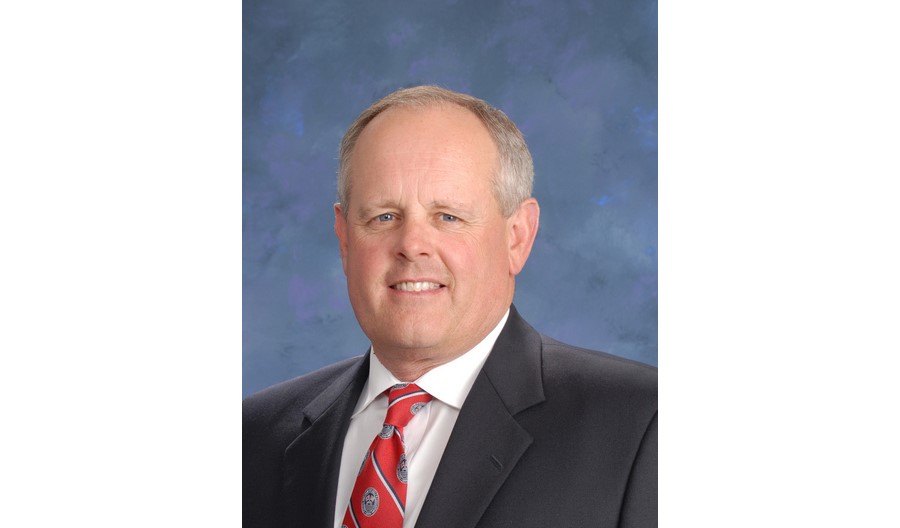
John Fought begain his working career as a professional golfer after winning the 1977 US Amateur. As a professional on the PGA TOUR he was named, “Rookie of the Year” in 1979 after winning back to back events. When injuries forced him to leave the TOUR in 1987 he began a career in golf course architecture. The 66-year-old has worked all over North America various types of projects. His efforts have garnered numerous awards including “Best New Course” and “Best new Renovations” by leading publications such as Golf Digest and Golfweek. His courses have also hosted more than 70 national championships since 1996.
Mark A. Mungeam
ASGCA
Douglas, Massachusetts
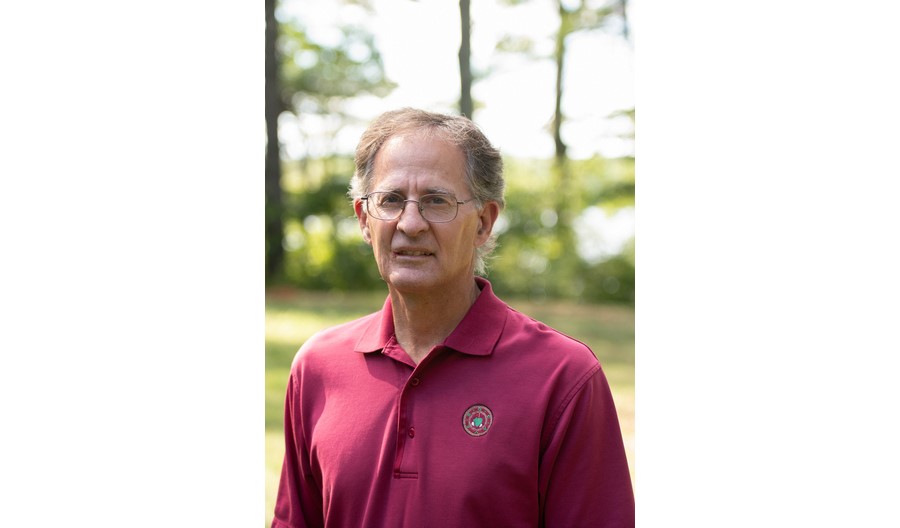
The 59-year-old is owner of Mungeam Golf Design, Inc. A former partner of Geoffrey Cornish and Brain Silva, Mungeam’s new course designs include LeBaron Hill, Shaker Hills and Butler Brook in MA; Oxford Green in CT, The Links at Hiawatha Landing in NY and the 36-hole complex at Charleston Springs in NJ. Renovation works include Olympia Fields / North Course in IL, Connecticut National in Putnam and Fox Hill — a Tillinghast design in PA. In addition, ongoing work at the Donald Ross designed George Wright and William Devine golf courses for the City of Boston.
